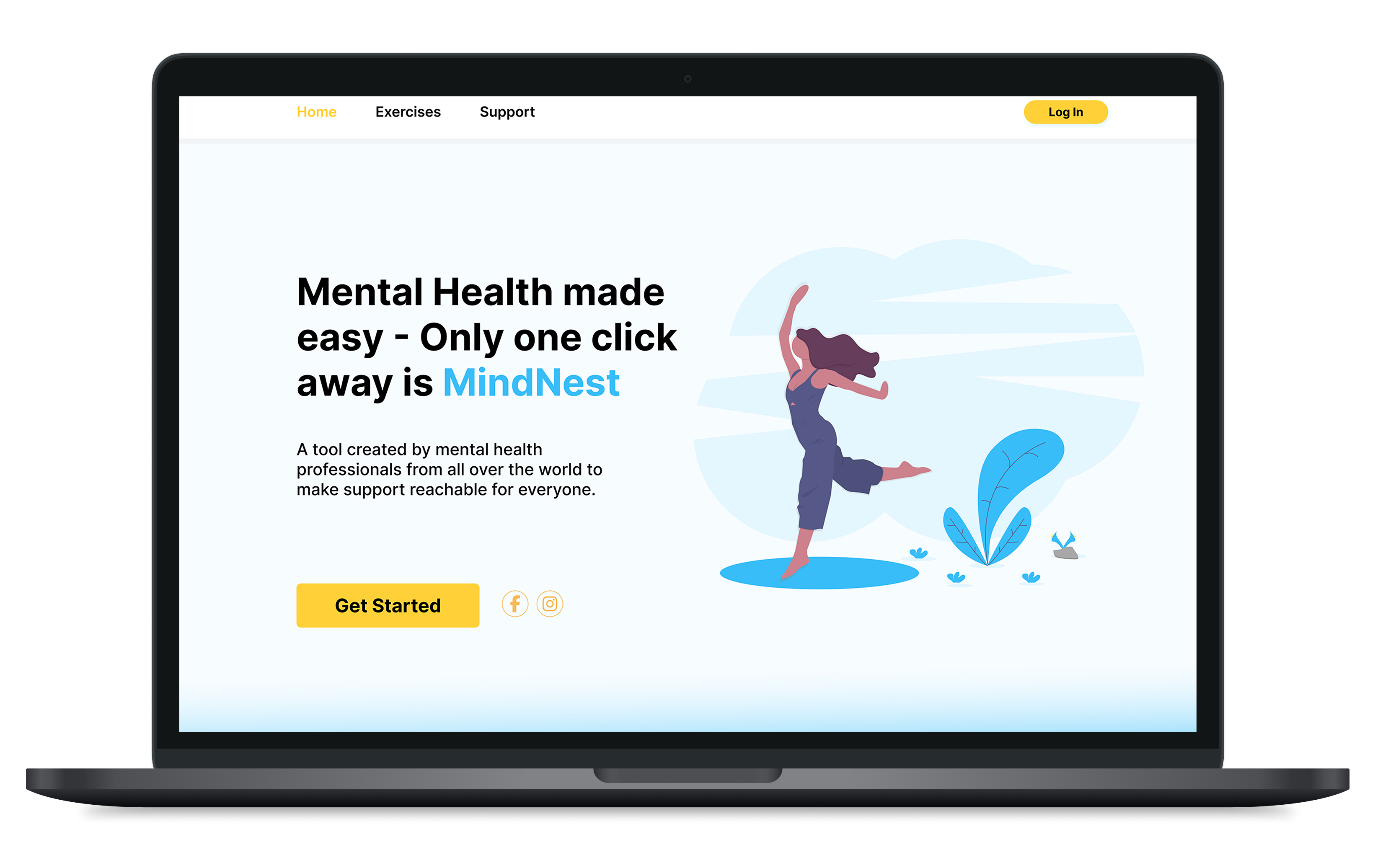My Role
UX/UI designer.
Responsabilities
Conducting interviews, papers and digital wire framing, low and high-fidelity prototyping, conducting usability studies, accounting for accessibility, and iterating on designs.
Project duration
May, 2024 to June, 2024
Project Overview
This platform aims to provide accessible, professional mental health resources, including counseling, peer support, self-help tools, and articles, for individuals seeking mental wellness. It focuses on connecting users with therapists and building a supportive community where they can access resources, share experiences, and manage their mental health on their own terms.
The Problem to Solve
The mental health space is often overwhelming and difficult to navigate, especially for individuals in need of urgent or ongoing support. Many users face challenges in finding reliable resources and feel disconnected from the mental health care system. The platform needed to bridge this gap, simplifying the process of seeking help and maintaining mental health in a supportive and approachable way.
How We Could Solve It
Our solution centered around creating a streamlined platform that allowed users to easily access therapy sessions, online forums, and self-help tools. We focused on intuitive design, making sure the platform felt warm and welcoming while maintaining a sense of privacy and trust. By offering a personalized experience, users could quickly find resources that matched their specific needs.
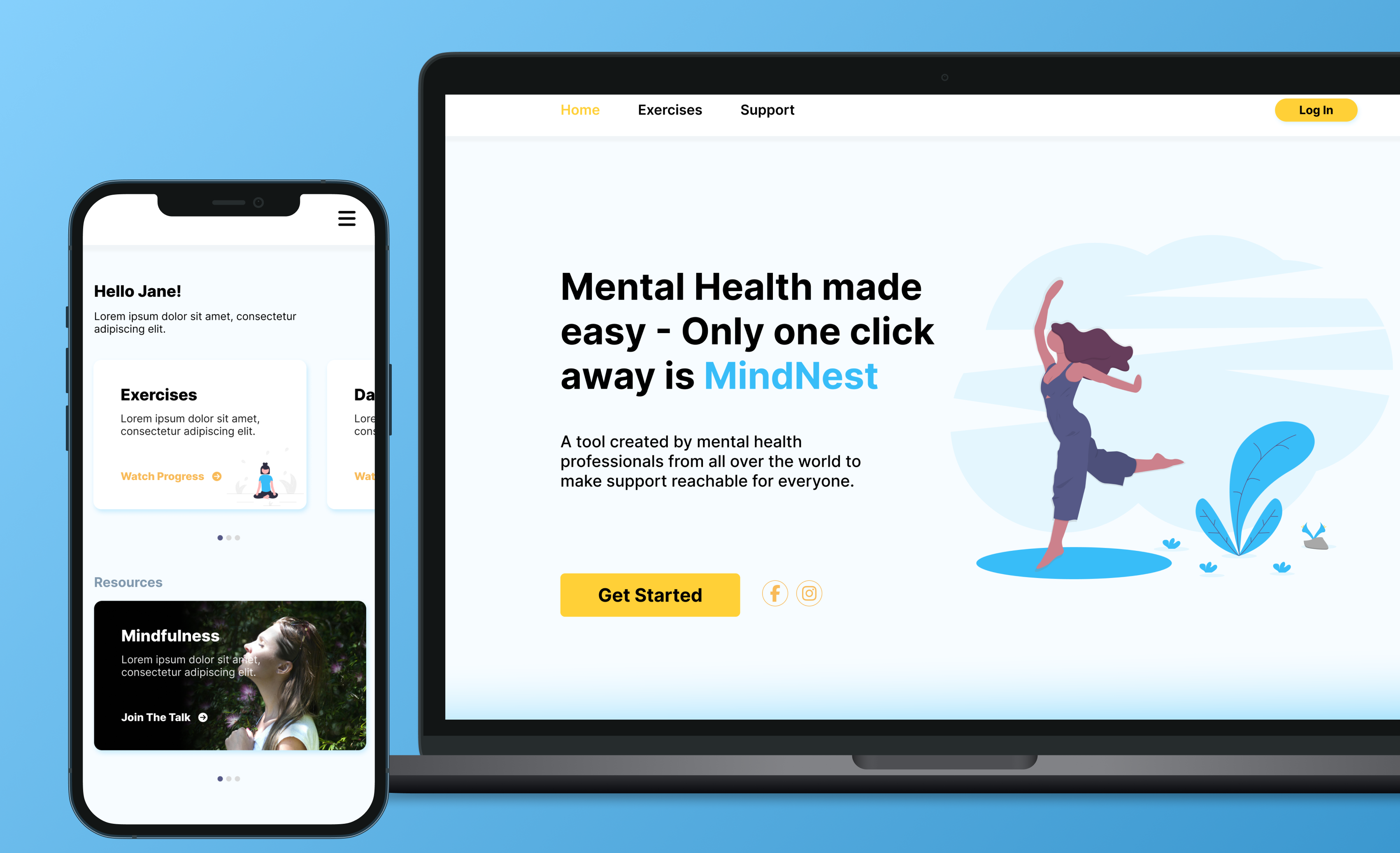
Research Methods:
• User Interviews: Conducted one-on-one interviews with individuals who had sought mental health support online, focusing on their pain points and needs.
• Surveys: Distributed surveys to gather quantitative data on mental health needs, preferences for online therapy, and usability preferences.
• Competitor Analysis: Analyzed existing mental health platforms to identify areas for improvement and differentiation.
Interview Insights:
• Users sought privacy and confidentiality, especially when discussing sensitive issues.
• Many felt overwhelmed by the number of mental health resources available and desired a simplified, personalized experience.
• There was a strong desire for peer support alongside professional help.
User Personas
• Emma, 32: A working professional with anxiety who prefers discreet, online therapy sessions.
• Carlos, 25: A college student struggling with depression who feels isolated and wants a supportive online community.
Key Motivators
• Privacy: Ensuring sensitive data and communications remained secure.
• Accessibility: Making mental health care accessible to those who can’t attend in-person sessions.
• Connection: Fostering a sense of community and shared experiences.
The Design
We designed the platform to feel warm and inviting, using soft and calming tones and simple, intuitive navigation. User flow was kept minimal, prioritizing essential actions like booking sessions, accessing resources, and interacting with the community.
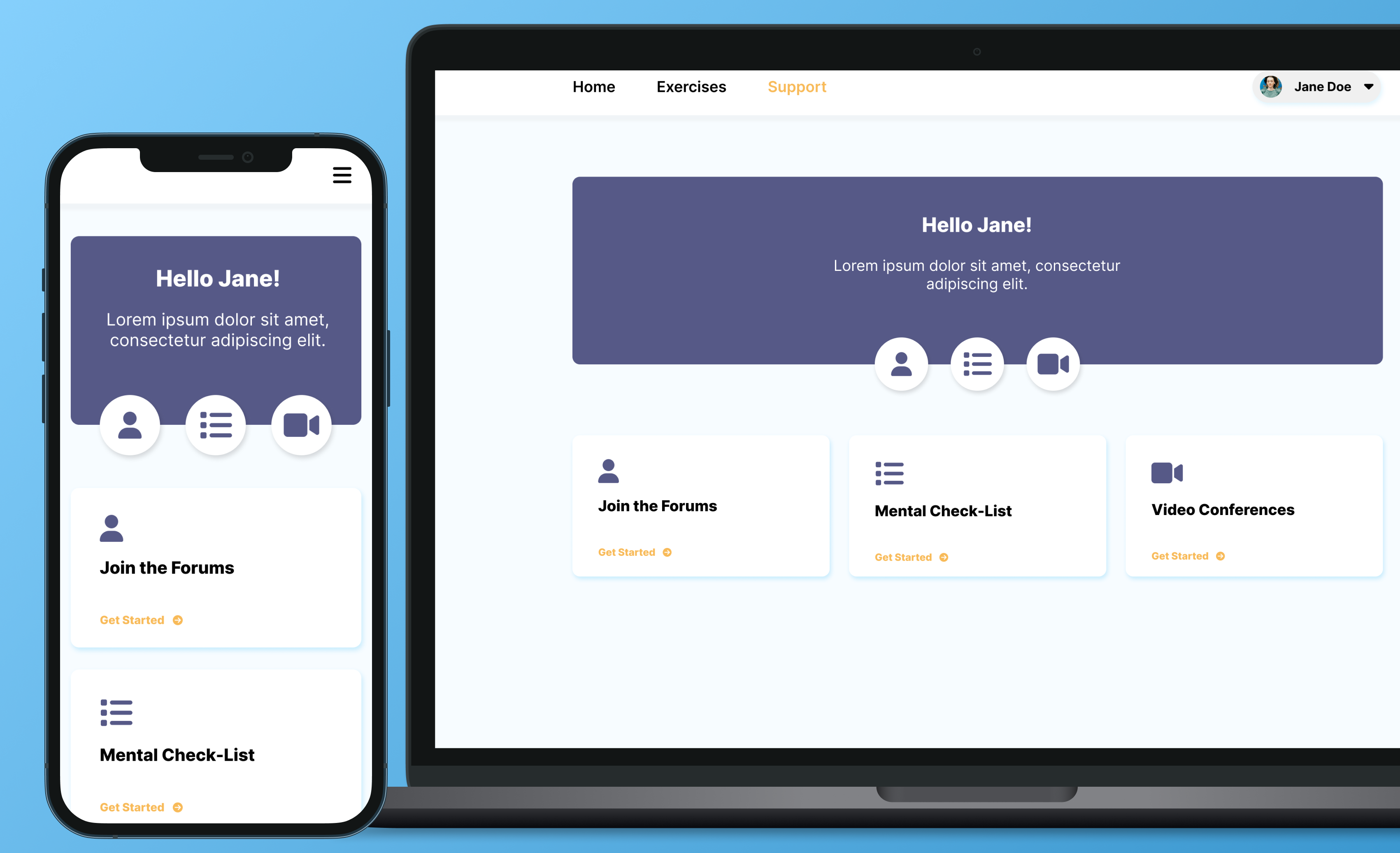
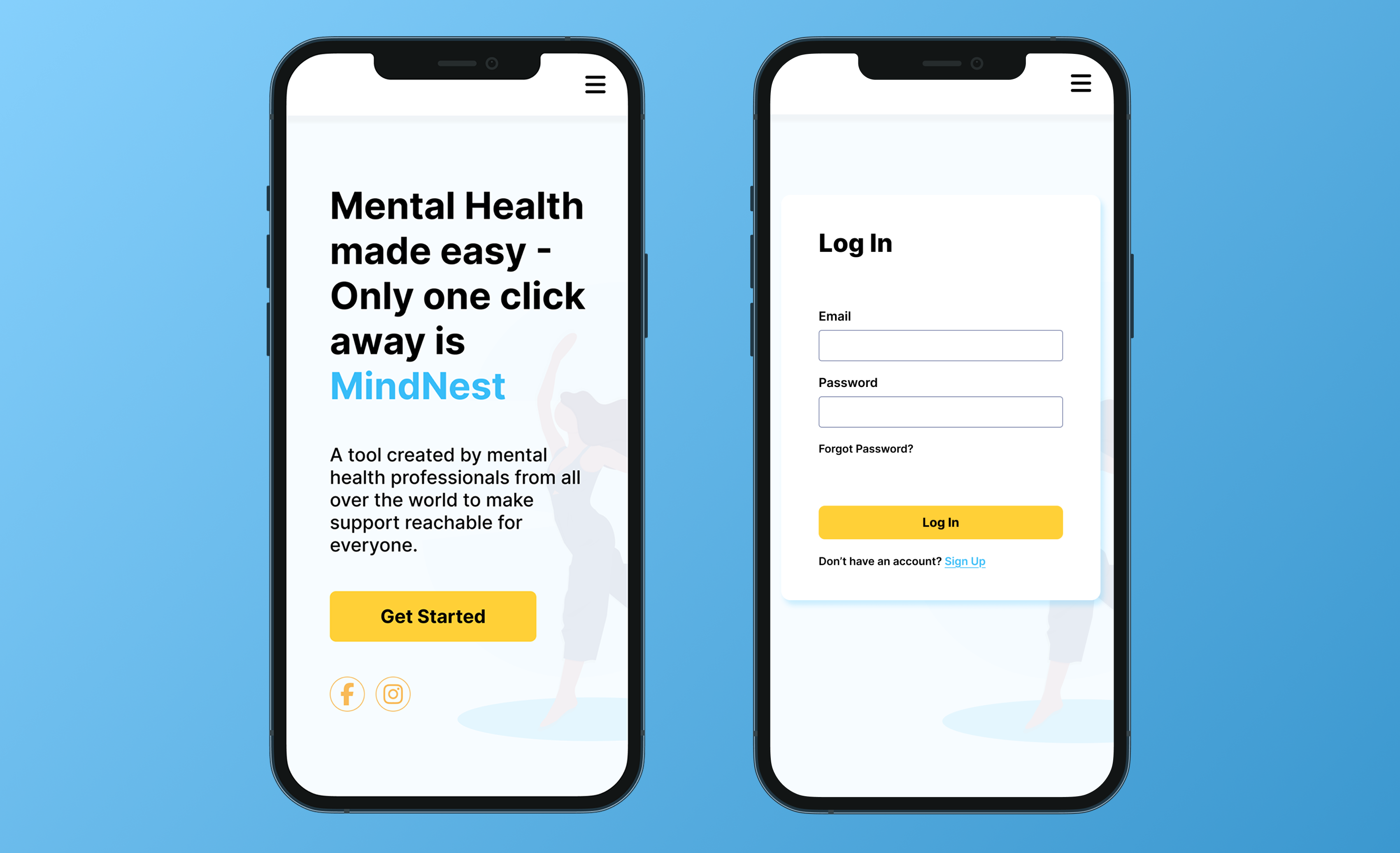
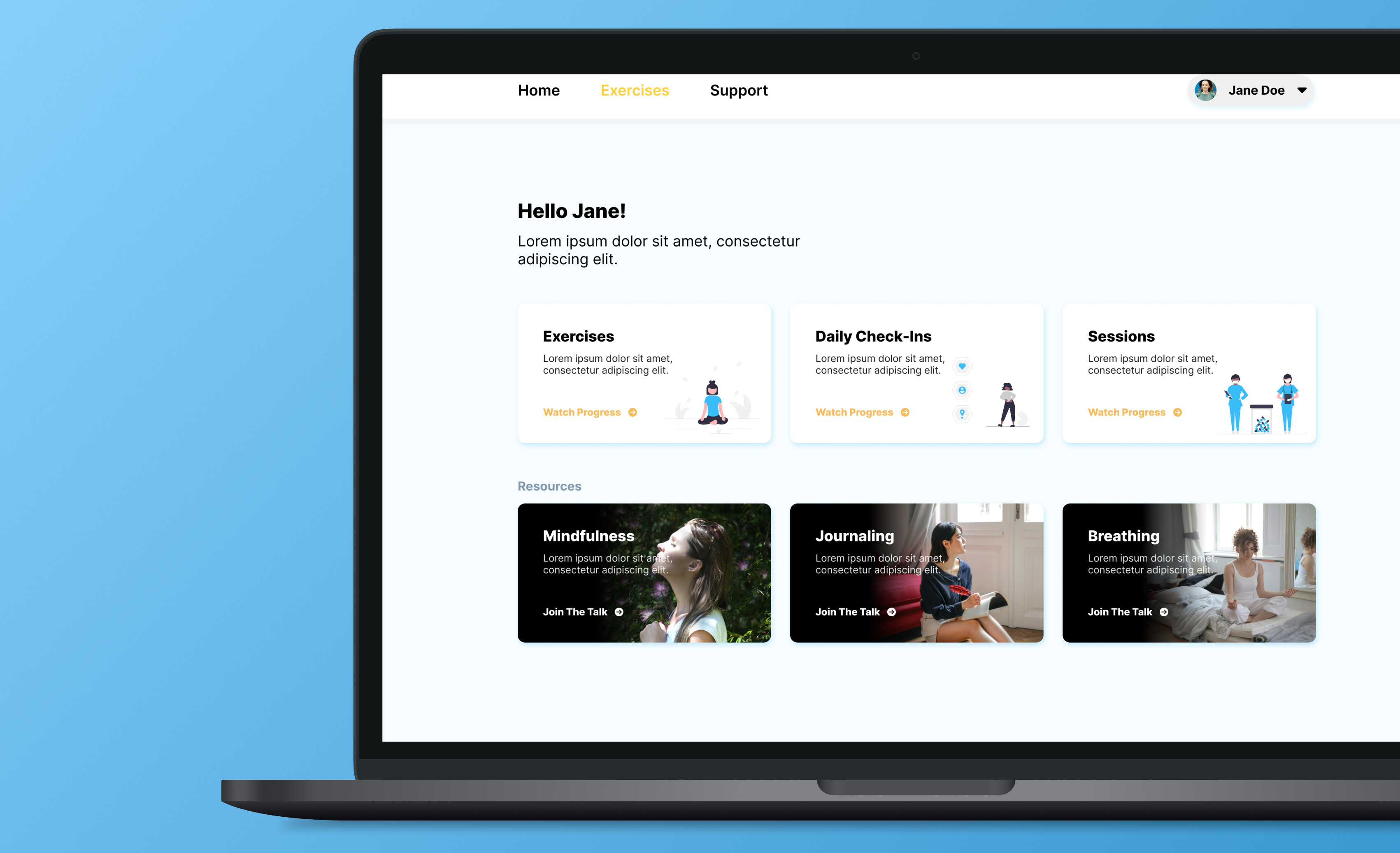
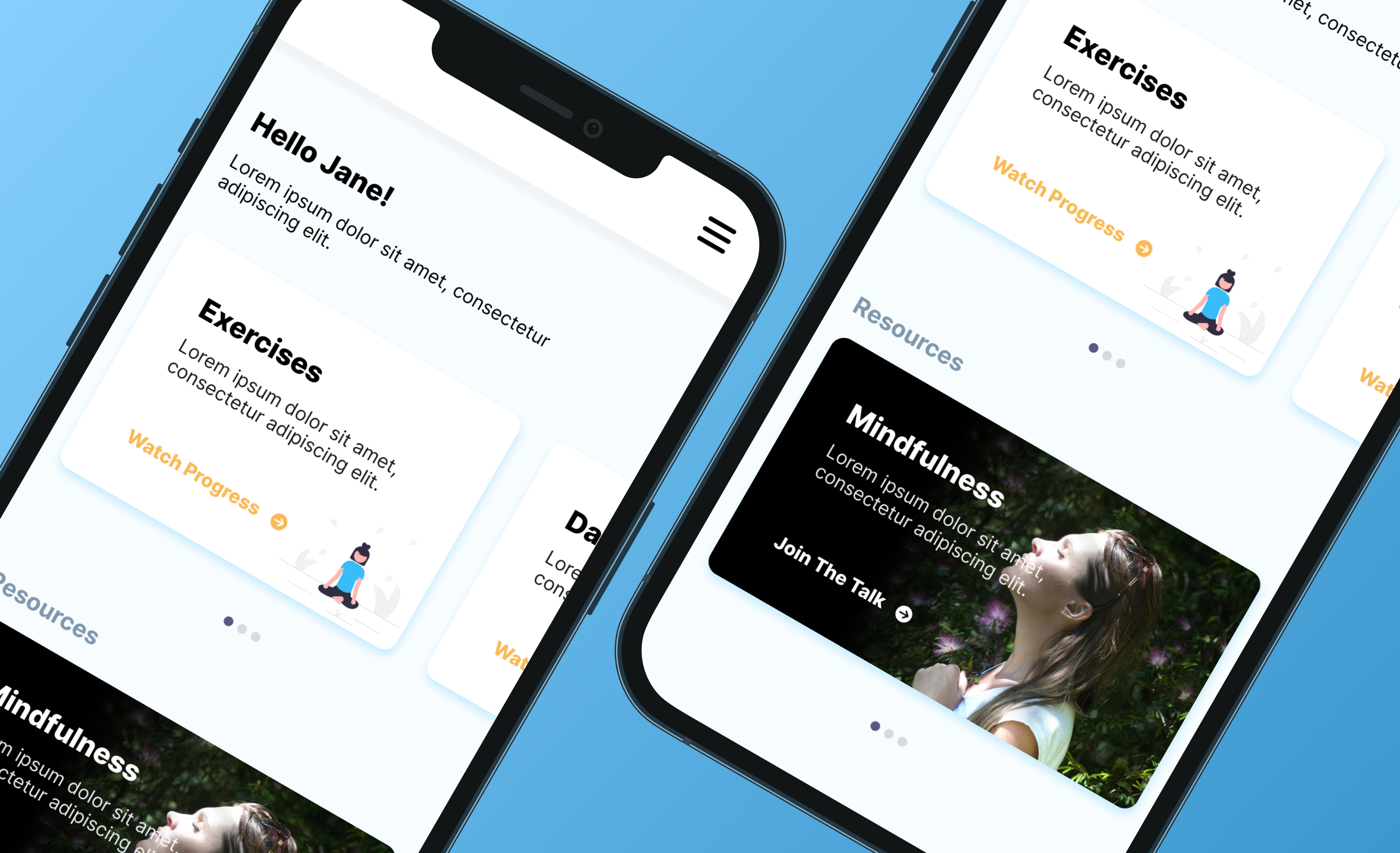
The Result & Learning
The platform increased user engagement with mental health resources by 40% in its first month. Key lessons included the importance of maintaining privacy without sacrificing the personal touch in design. We learned that while functionality is critical, emotional appeal in the UI can significantly improve user experience in sensitive contexts.
